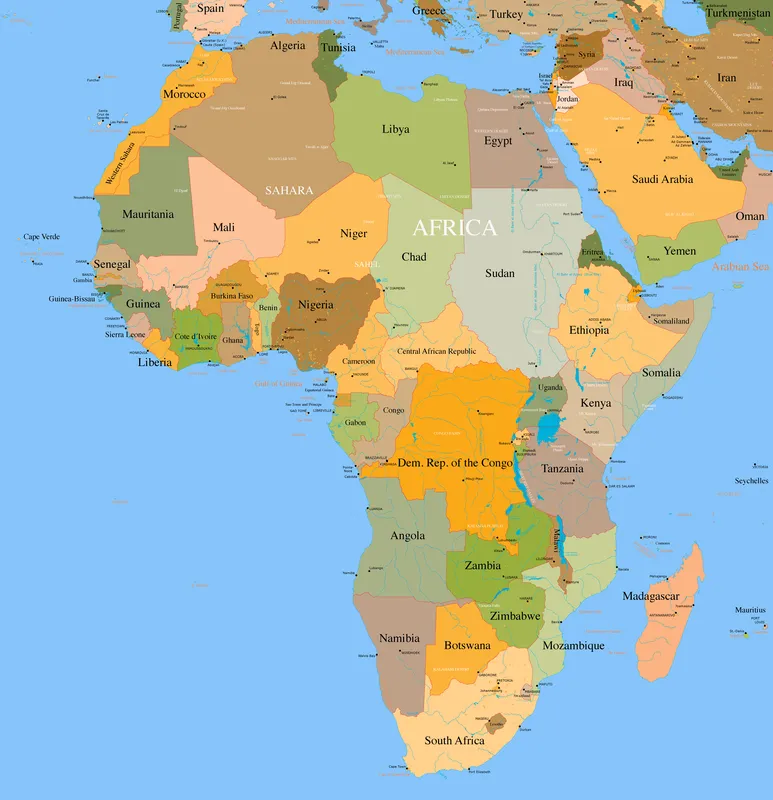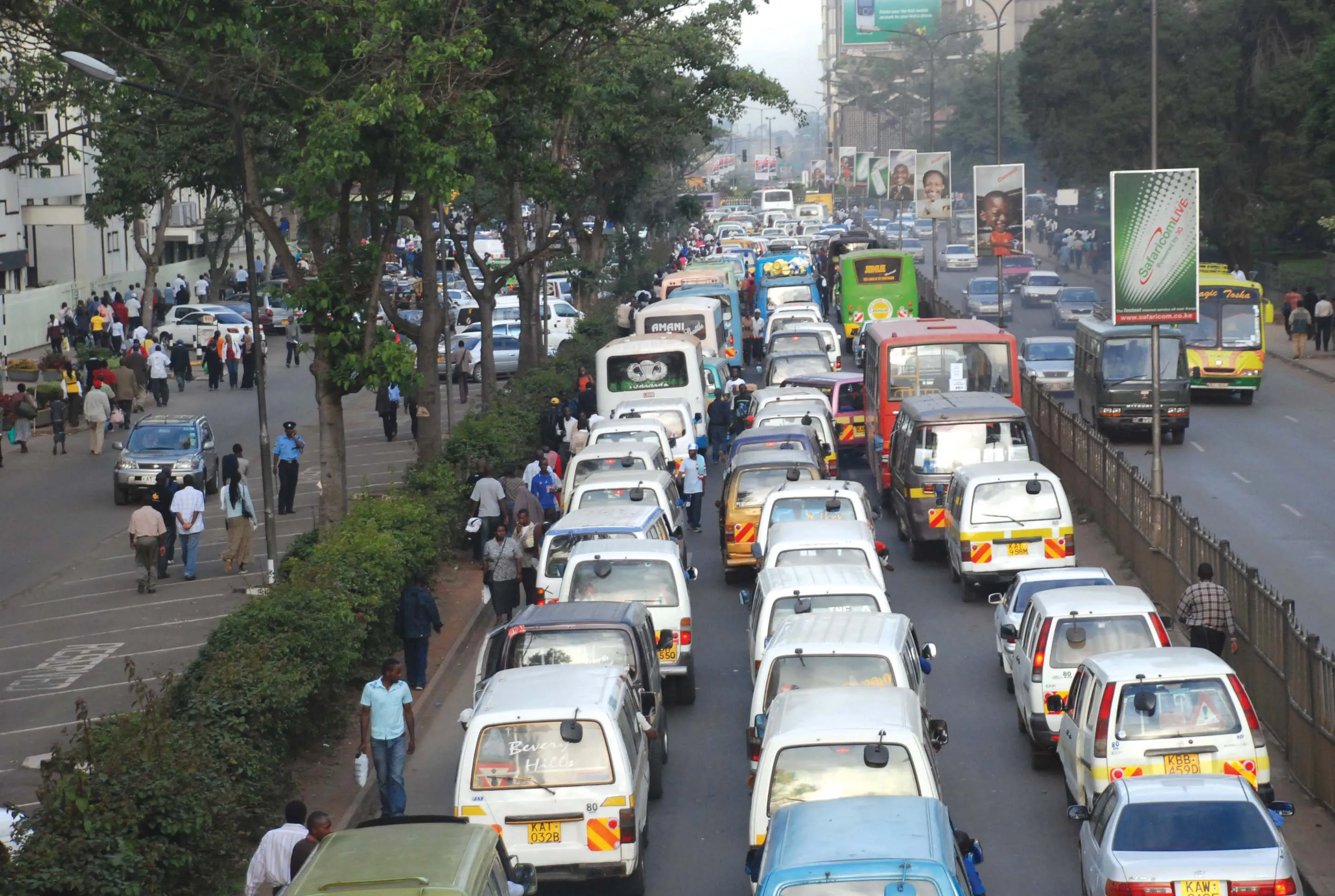Japanese investment is helping develop Ugandan infrastructure. Construction of the New Nile Bridge is being part-financed by the Japanese Government. Some US$90 million for the dual-lane bridge is being provided through the Japan International Cooperation Agency (JICA). The bridge forms part of the important Northern Transport Corridor of East Africa, which runs from the Port of Mombasa in Kenya through Uganda, Rwanda, Burundi to the Democratic Republic of Congo. This route is vital for Uganda’s economy, as
January 31, 2014
Read time: 2 mins

Japanese investment is helping develop Ugandan infrastructure. Construction of the New Nile Bridge is being part-financed by the Japanese Government. Some US$90 million for the dual-lane bridge is being provided through the 3349 Japan International Cooperation Agency (JICA). The bridge forms part of the important Northern Transport Corridor of East Africa, which runs from the Port of Mombasa in Kenya through Uganda, Rwanda, Burundi to the Democratic Republic of Congo. This route is vital for Uganda’s economy, as well as for Rwanda, Burundi and the Democratic Republic of Congo.
Due for completion in 2018, the cable-stayed bridge will be the first of its kind in East Africa. It will measure 525m long by 80m high. The bridge will complement the ageing Nalubaale Bridge, built in 1954. Following a 20052332 World Bank report recommending that a cable stay bridge should be constructed on the alignment running between the existing highway at the Nalubaale Dam and the railway bridge, and consequent feasibility studies conducted by JICA, Japan pledged to finance the project.
In addition to the bridge project, JICA is currently funding other key infrastructure projects in Uganda, to support the1073 Ugandan Government’s priority of infrastructure development, as part of its development strategy: Uganda Vision 2040. JICA is currently working on a project to upgrade the road connecting Atiak in northern Uganda and Nimule at the border with South Sudan, as well as a feasibility study to ease traffic congestion in the centre of Kampala City, through the construction of two flyovers at Kitgum Junction and the Clock Tower Junction.
Due for completion in 2018, the cable-stayed bridge will be the first of its kind in East Africa. It will measure 525m long by 80m high. The bridge will complement the ageing Nalubaale Bridge, built in 1954. Following a 2005
In addition to the bridge project, JICA is currently funding other key infrastructure projects in Uganda, to support the







